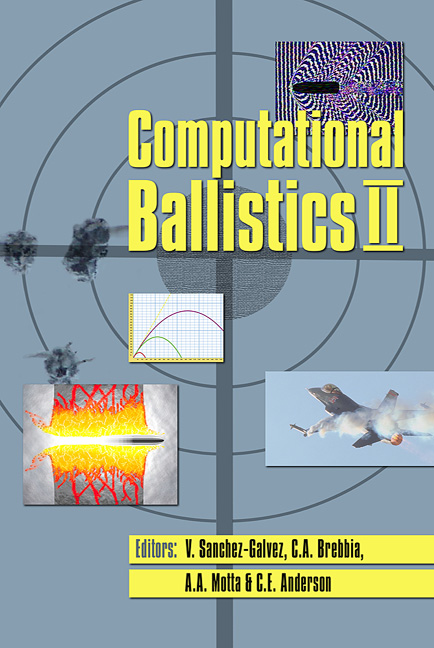Analysis Of The Kinetic Energy Transfer To The Target During Impact Of The Antitank Projectiles
Price
Free (open access)
Transaction
Volume
40
Pages
10
Published
2005
Size
2,290 kb
Paper DOI
10.2495/CBAL050041
Copyright
WIT Press
Author(s)
A. Morka & J. W. Wekezer
Abstract
The paper presents research results of a feasibility study to develop a new concept of the modern Armor Mounting System (AMS) for the Light-Weight Army Vehicle (LAV). Relationship between potential mounting system properties and the target perforation process were examined. The kinetic energy transferred to the targets was studied for several cases of antitank projectiles and armor configurations. Results of this study helped to identify the amount of projectile energy which would be dissipated by the AMS. This assessment was made through a series of simulations of armor perforations by antitank kinetic energy penetrators. Three types of the high kinetic energy (KE) projectiles were considered: shape charges, explosively formed projectiles (EFP), and sub-caliber projectiles. Modern armor concepts including multilayer armor (with ceramic), active armor (where some parts can move against the attacking projectile) were considered. Several finite element (FE) models for the modern light armor and high KE anti-tank projectiles (up to 10 MJ) were developed. These models consist of over 150,000 elements for the projectiles and over 500,000 elements for the targets respectively. The finite element analysis was conducted using an explicit, 3-D, dynamic, nonlinear finite element method supported by the LSDYNA computer code. 3-D eroding finite elements were used for all FE models throughout the study. Depending on the type of projectile and armor, the energy transfer was examined and the efficiency of each system was examined. Keywords: armour perforation; protective design; numerical simulations; finite element analysis, antitank projectiles.
Keywords
armour perforation; protective design; numerical simulations; finite element analysis, antitank projectiles.




